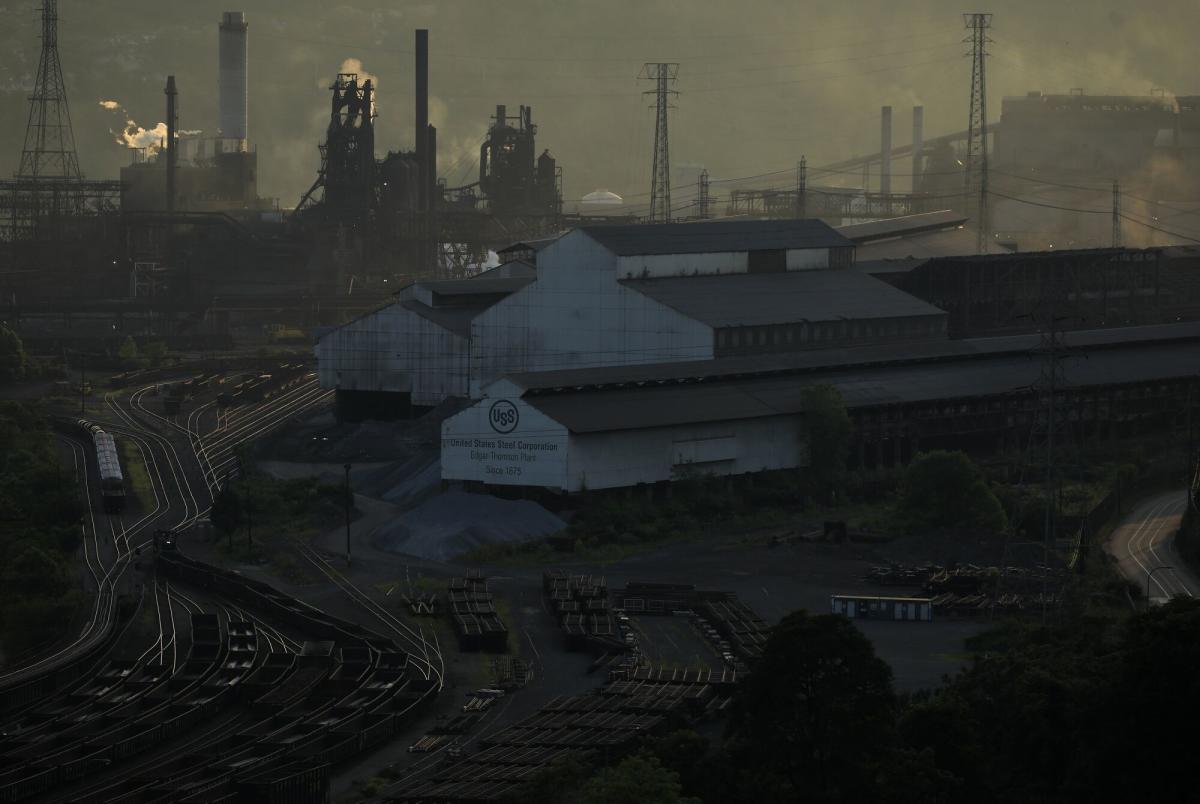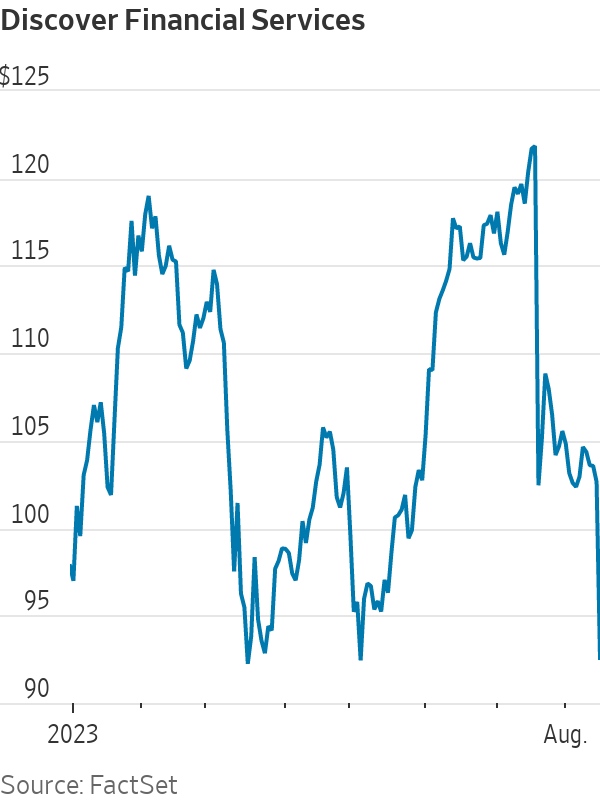US Steel explores strategic alternatives after receiving unsolicited bids
(Bloomberg) — The United States Steel Corporation has begun a formal review of strategic alternatives after receiving “multiple unsolicited” proposals, a sign that the years-long transition may finally be bearing fruit.
Most Read from Bloomberg
Chief Executive Officer David Porritt said Sunday in a statement that the proposals ranged from acquiring certain production assets to offers for the entire company. US Steel hired Barclays Capital and Goldman Sachs as financial advisors for the review.
The interest comes as US Steel, one of America’s best-known steelmakers, is going through a massive transformation of its manufacturing operations. It deploys furnaces to remelt the scrap into steel, rather than create metal from iron ore as it has done for over a century. Porritt took the helm of the then-struggling metals producer in 2017, when some investors feared it was heading for bankruptcy.
“The Board is taking a considered approach to considering these proposals, including seeking additional information in order to evaluate the initial proposals and subject to ongoing due diligence and review,” Porritt said in the statement.
US Steel’s roots go back to 1901 when J. Steel incorporated US steel production.
The recent bet on the so-called small factories, a departure from their traditional business, has become fruitful. In late 2020, the Pittsburgh-based company agreed to acquire the remaining stake in Big River Steel, an Arkansas-based electric arc furnace known for making high-quality steel that can be used in automobiles and other high-margin consumer products.
high premium
Some industry observers quietly derided US Steel at the time for paying an excessively high premium for the plant, but in the end it was seen as a necessary step for the company’s long-term viability. Shares have doubled since the end of 2019.
In 2000, US Steel was the largest US steelmaker, but earnings have been choppy over the past decade, with one of the worst stretches in its history with losses of a combined $1.8 billion in 2013 and 2015.
Now, despite falling to the third or fourth largest domestic producer, Burritt’s company has caught Big River’s momentum and veered into the EAF business, expecting to inject an additional $3 billion into the operation by 2024 for dual capacity. At the same time, the investment also allowed US Steel to save billions in maintenance expenses at older traditional plants.
Steelmaker has not set a deadline for completing the review, and the process may not result in the company pursuing a transaction or other strategic outcome, according to the statement.
The announcement also comes as heavy metal producers around the world are under pressure to reduce carbon emissions. The steel industry accounts for 6% of global carbon dioxide emissions and 8% of energy-related emissions, according to researchers at Columbia University’s Center on Global Energy Policy.
Steelmakers see the electric arc furnaces embraced by US Steel and revolutionized by Nucor Corp., the largest producer in the US, as another way to cut emissions. Melting scrap metal in an electric arc furnace requires less energy than making new steel from ore and carving traditional blast furnaces in favor of electric arc furnaces instantly reduces the company’s carbon footprint.
Shares of US Steel are down 9.3% this year and closed at $22.72 a share on Friday, giving the company a market value of $5.07 billion.
Domestic steel prices have risen 8.3% this year amid resilient demand for the metal, used in everything from washing machines to skyscrapers and cars. US steelmakers continue to tout strong order books and good demand across most end-use segments.
However, the outlook for the industry remains uncertain as investors fear consumption will slow towards the end of the year if growth in the world’s largest economy slows due to higher borrowing costs.
(Updates with details on decarbonization in the steel industry)
Most Read by Bloomberg Businessweek
© 2023 Bloomberg LP







